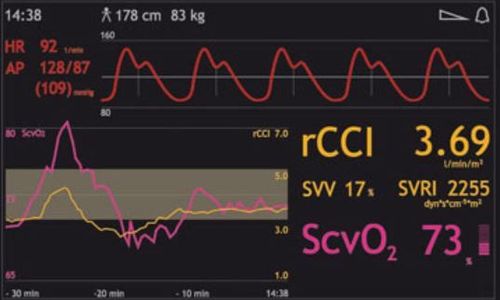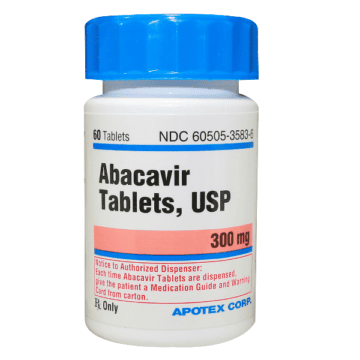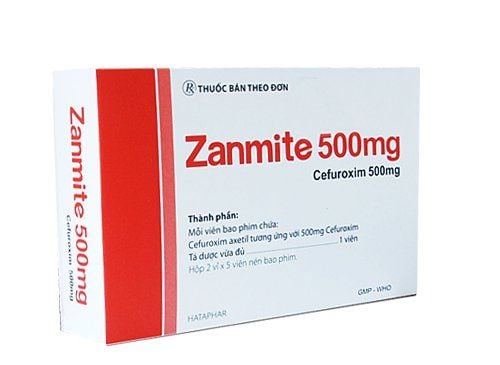This is an automatically translated article.
The article was professionally consulted by Specialist Doctor I Do Van Manh - Emergency Medicine Doctor - Emergency Resuscitation Department - Vinmec Ha Long International Hospital.Control of hemodynamics in infection is one of the issues that has not yet been addressed. For patients with severe sepsis, hemodynamic control helps in early detection and prevention of hemodynamic disturbances.
1. What is an infection?
Infection is when pathogenic microorganisms enter the body and then overproliferate leading to cellular, organizational or systemic reactions. The infection can stay in one location or spread throughout the body by the bloodstream. If the patient has an infection without early intervention, it can lead to dangerous complications such as:
Sepsis: a condition in which pathogenic microorganisms enter the bloodstream through the blood vessels at the site of infection. Septic shock: is the most severe development of the infection process
2. Why is it important to control hemodynamic disturbances in severe infections?
Hemodynamic disturbances in severe infection can be divided into two stages:
Early stage of hemodynamic disturbances is microcirculatory disturbances occurring in body tissues. The severity of early stage was assessed indirectly by the tissue oxygenation index, which is ScvO2 and blood lactate. The late stage of hemodynamic disorders is gross hemodynamic disturbances including blood pressure, systemic vascular resistance, circulating volume, and cardiac function. The hemodynamic features of severe infection often cause major pathological disorders including:
Volume depletion Systemic vasodilatation Disturbance of blood distribution Cardiac dysfunction. Therefore, patients with severe infections require hemodynamic control to prevent complications.

3. Hemodynamic monitoring and control
Different stages of infection will have different local and microcirculatory changes. Therefore, at present, the control and monitoring of hemodynamics still has certain limitations, the treatment goal will be based on the macrocirculatory factors including cardiac function, blood pressure, blood volume, wall resistance. vessels of the great blood vessels. Therefore, fluid resuscitation is recommended as the first priority to increase oxygen transport and regulate blood pressure, improving the prognosis of severe infection. Methods of rehydration include:Diagnosis and monitoring of hypovolaemia: In the early stages, fill the lumen rapidly to maintain hemodynamics due to hypovolemia. Therefore, it is necessary to predict the patient's signs of response to fluid replacement. The recommended goal is an average blood pressure > 65 mmHg. When hypotension is threatened (eg, when diastolic blood pressure is <40 mmHg), vasopressor agents should be administered immediately, regardless of blood volume. After the initial phase, continue rehydration based on hemodynamic signs, preload reserve status. Choice of infusion: Blood products, amidons and dextrans molecular weights > 150 kDa should not be used as substitutes. For hemodynamic stabilization purposes, crystalloids and other colloids can be used, both of which are equally effective. It is best to use isotonic crystalloids, as it is much less expensive and safe, especially in the early stages of shock. Amount of fluid, rate of infusion, and administration: Isotonic crystalloids are infused intravenously with 500 mL of infusion over 15 minutes. These sequences must be repeated until mean blood pressure is > 65 mmHg, in the absence of signs of pulmonary edema. If the goal of mean blood pressure is not achieved, the use of a vasoconstrictor agent is indicated. Blood transfusion problems: The goal of blood transfusion is to achieve a hemoglobin level of 8 - 9 g/dL. Different rates can be demonstrated through measurement of SvcO2 and/or clinical intolerance. In summary, hemodynamic control in severe infections is intended to prevent complications. In addition, it is possible to improve the prognosis for patients with severe infections.
Vinmec International General Hospital is a medical address for emergency examination and treatment of many diseases with complicated developments. In particular, problems related to infection or sepsis. Therefore, customers can have complete confidence when choosing a hospital as the address to visit and protect their health. experience in the profession. Along with that is a system of modern machinery and equipment, helping the examination and treatment process become more accurate and bring better results.
Please dial HOTLINE for more information or register for an appointment HERE. Download MyVinmec app to make appointments faster and to manage your bookings easily.














